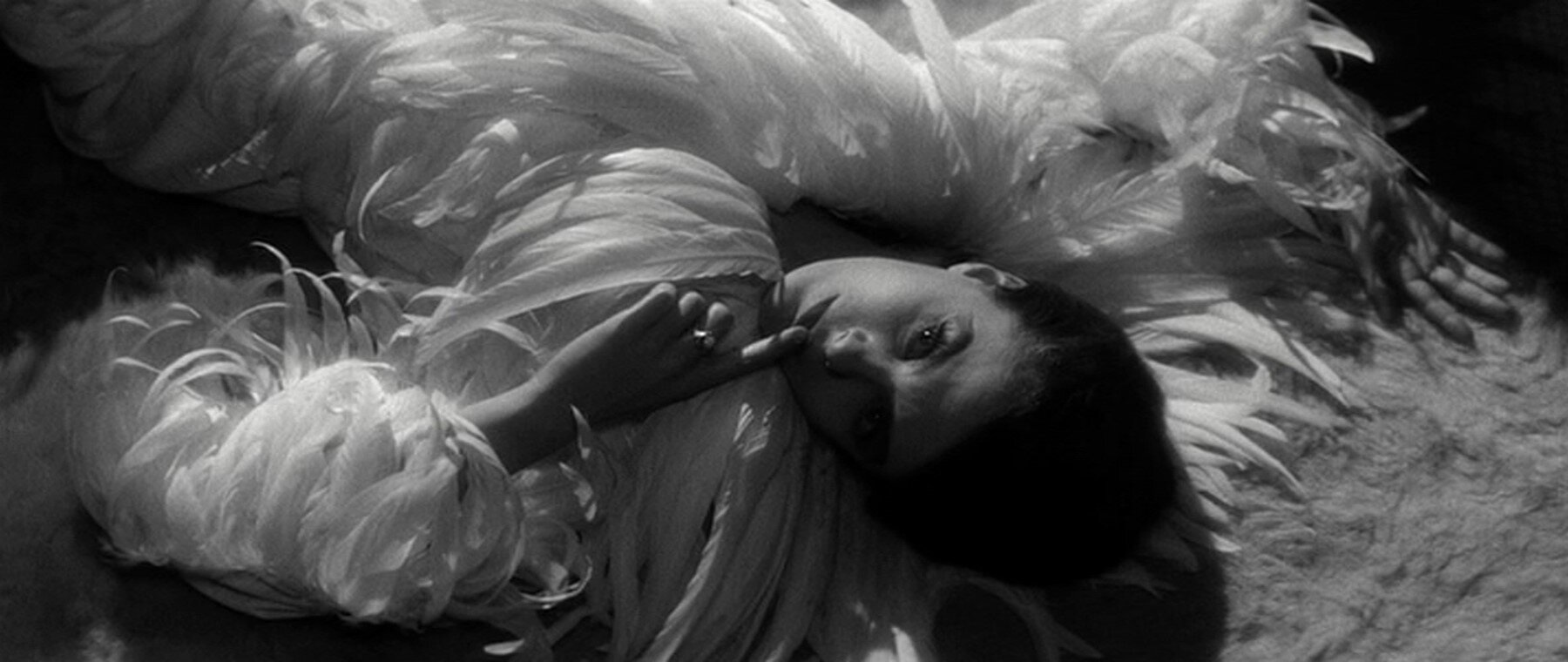DOWNLOADABLE DSL FILES OF KINO LORBER TITLES AVAILABLE FROM GME STREAMLINE
/At the end of 2020 GME was proud to announce a new, exclusive partnership with the renown theatrical and home video distributor Kino Lorber in order to make available to the North American university market a premiere selection of moving image titles from across the span of film history. When GME Streamline was soon after developed, we were able to expand our announcement to include the availability of downloadable HD DSL files of canonical works across the span of motion picture history.
Read More




